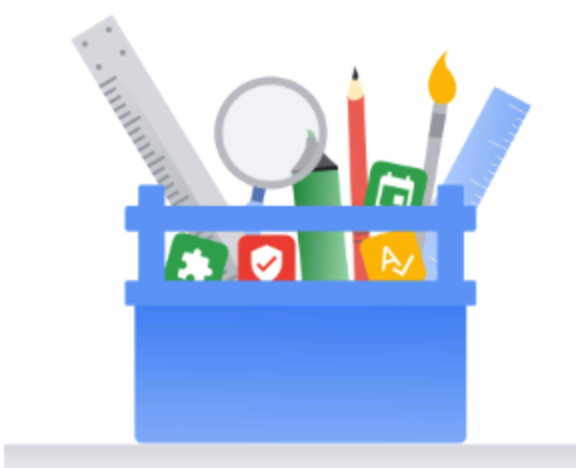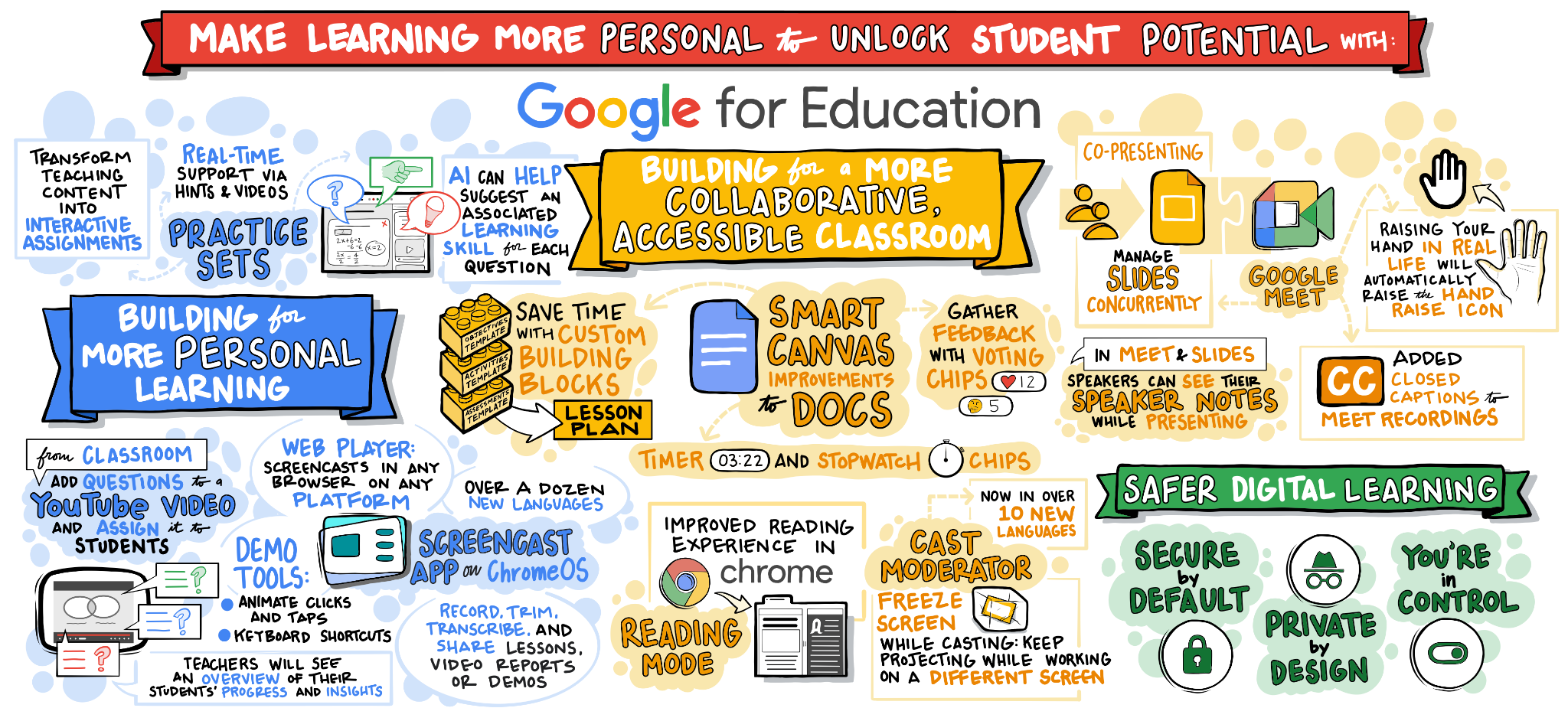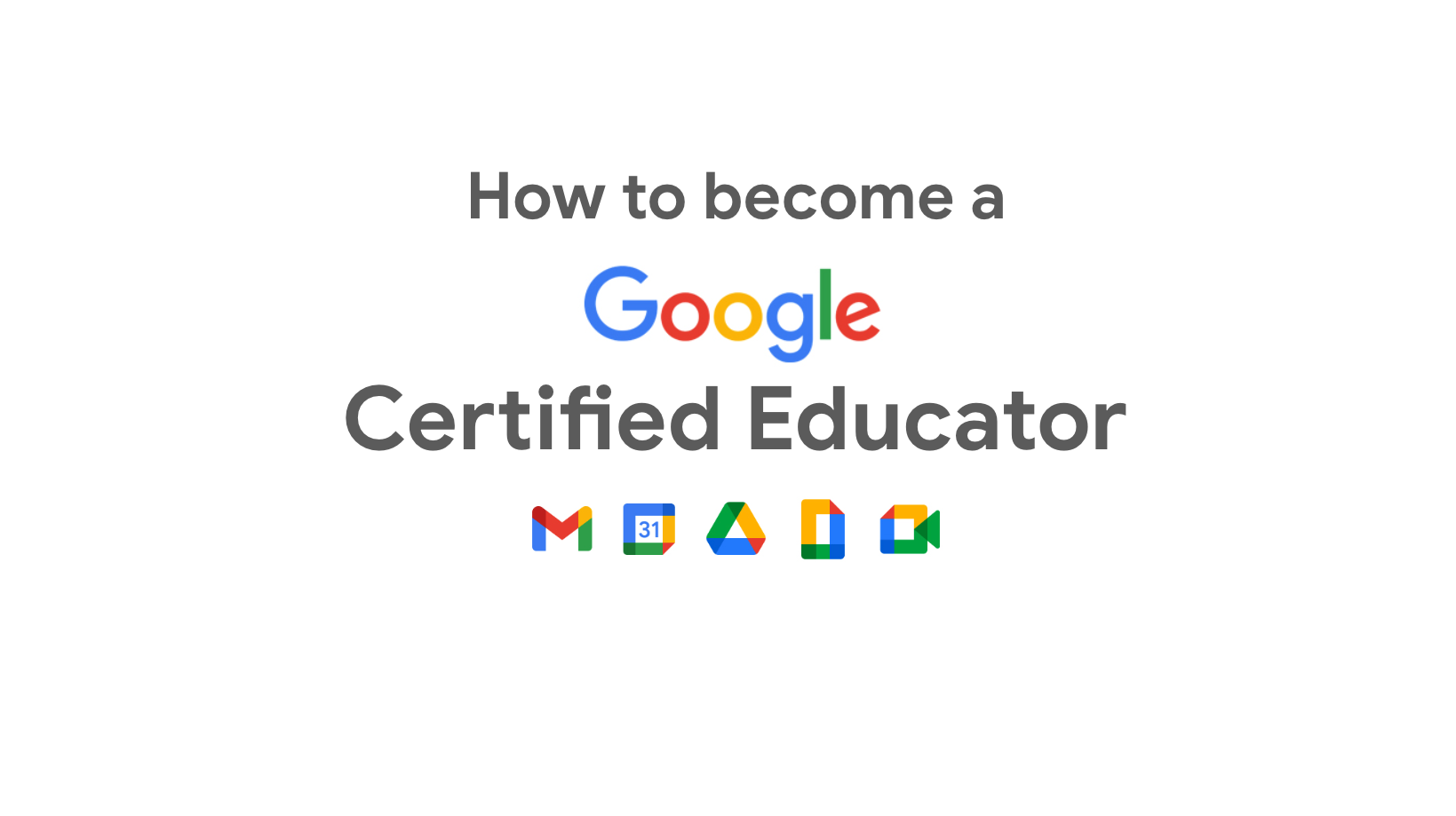International Mindedness
Guest Writer: Alex Galland

I am fortunate to work in a school where international-mindedness plays an important role. We have an extremely multicultural student population; students naturally make efforts to learn more about others, developing empathy in order to achieve mutual understanding and respect. Our students see themselves connected to a global community, and they are aware of the interrelatedness and diversity of all countries and peoples. When I think about how we develop international-mindedness with our students, technology plays a huge role.
Google mapping tools bring the world to our classrooms. Students who come from different parts of the world love using peg man in Google Maps (maps.google.com) to share what their home town looks like and to take us on a ‘walk’ around the neighbourhood. The children love seeing what is different and what is similar. Similarly, when classes explore different places, ‘travelling’ there brings text on a webpage or in a book to life. Visualising places prompts more wondering and more questioning – so important in our inquiry-based classrooms.
The creation tools in Google Earth (earth.google.com) allow students to create projects that consist of placemarks with information, images and video attached to each. My Year 4 Religion classes made Google Earth projects about Easter traditions around the world last week. They could search for and pin locations, and then add their own description and image to the placemark information cards. I loved that they could search for an appropriate Easter tradition image from within Google Earth. (Another just-in-time lesson about using appropriate search terms to find suitable images.) They enjoyed presenting their projects to each other and we all learnt a thing or two about Easter traditions around the world. Who knew that in Poland there are water fights on Easter Monday, or that in Guyana Easter is celebrated by flying homemade kites?
Our students enjoy sharing their cultural perspectives during units of inquiry, and they are always interested in learning more about other cultures and people who live in different countries. When Year 1 were exploring patterns and systems in nature last year, they looked at weather and seasons around the world. With great excitement and wonder, they did ‘Mystery Google Meets’ with other Year 1 classes around the Asia Pacific region. This involved asking a series of questions in order to determine the location of the other class, and then discussing differences in weather, seasons and landforms. Our Year 1 students were amazed to hear that it is hot all year round in Singapore. (The Singaporean students were just as shocked to hear that it had been zero degrees in our city that morning!)
As part of this year’s International Mother Language Day (21 February), students and their family members contributed Flipgrid (flipgrid.com) videos of themselves reading a book aloud in their home language. The ease of use of Flipgrid allowed even our youngest students to access it and contribute videos. It was a beautiful way of showcasing and celebrating the forty plus languages that are spoken by our school community.
Our inquiries into other cultures go beyond the ‘five F’s’ (flags, food, fashion, festivals and famous people) – at various times exploring, for instance, different cultural concepts of beauty or justice or power. A particularly handy website is the SBS Cultural Atlas, which provides a huge amount of information on the cultural background of Australia’s migrant populations, with a view to ‘promoting inclusion in an increasingly culturally diverse society’.
Dollar Street (www.gapminder.org/dollar-street) is one of my favourite provocation tools.
It uses photos as data and seeks to show how people around the world live on different income levels. Showing students images of toilets or plates of food or favourite toys from people in different places in the world – all with average weekly income listed – elicits questions and helps students to see interrelatedness and diversity. This website has been a fabulous tool for many year levels at our school.
One of our teachers really likes using radio.garden, which streams radio stations from around the world. She has a different radio station running in the classroom each day. What a great way to explore popular music and topical issues from a particular country’s perspective!
As students learn more about their own cultural background and that of others, and as they appreciate interrelatedness and diversity, I really feel that they are contributing to a more understanding, empathetic and peaceful world. How do you harness technology to develop international-mindedness at your school?
About the Author:
Alex has over 25 years of teaching experience, and is currently the Director of Learning and Innovation at Canberra Girls Grammar Junior School. A regular instructor for Deploy Learning’s online Google Certified Educator courses, Alex is also an International Baccalaureate Workshop Leader and School Visiting Team Member.





